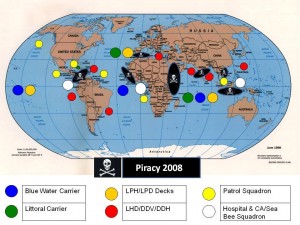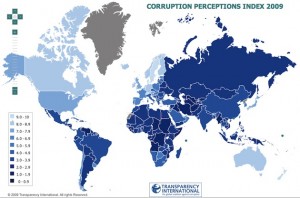

Chuck Spinney sends…
The Israeli Exception: Gilo and East Jerusalem
By BINOY KAMPMARK
In 1987, the conservative author Midge Decter described her association with Israel and those willing to place it above conventional judgment. ‘We know ourselves to be bound by ties so deep, so essential, so unconditional, that they are beyond daylight examination. To be a Jew is not an act, it is a fate. The existence of Israel is absolutely central to that fate. The rest is mere details – knowable, unknowable, makes no difference.’
This vein of thinking can be gathered from Israel’s leader David Ben-Gurion in a New York Times Magazine article in December 1960. On that occasion he was defending the illegal abduction of the war criminal Adolf Eichmann, who had been nabbed by Mossad agents from Argentina. ‘I know they [the abductors] committed a breach of the law, but sometimes they are moral obligations higher than formal law.’
This idea of Israel, and Jewish fate, being placed in the realm of an obligatory ‘higher law’, does lend itself to various, dangerous implications. Decter’s observations resonate with the recent decision by Tel Aviv to allow 900 new homes to be built in East Jerusalem in the sprawling Jewish neighbourhood of Gilo. 40,000 Israelis are already resident there. President Obama has gone so far as to see the move as ‘dangerous’. The Secretary General of the UN, Ban Ki-moon has publicly seen the gesture as one that undermines the peace effort.
International conventions and views, which tend to find such settlements illegal, are considered inapplicable by the rank and file in Tel Aviv. The law of nations, that seemingly abstract body of customs and norms that are often more honoured than people might realize, are cast aside as undue hindrances to the functioning of the state.
The perceptive social theorist, Zygmunt Bauman, claims that Israeli policy persists in being made in the shadow of the Holocaust. The narrative of threatened existence girds such policies, whether they be ruthless measures against the Palestinians, or the issue of constructing more settlements. A state of affairs like an ‘indivisible’ Jerusalem are created, an assertion of something supposedly non-negotiable. Lines are drawn across borders, and there is a stubborn refusal to budge.






